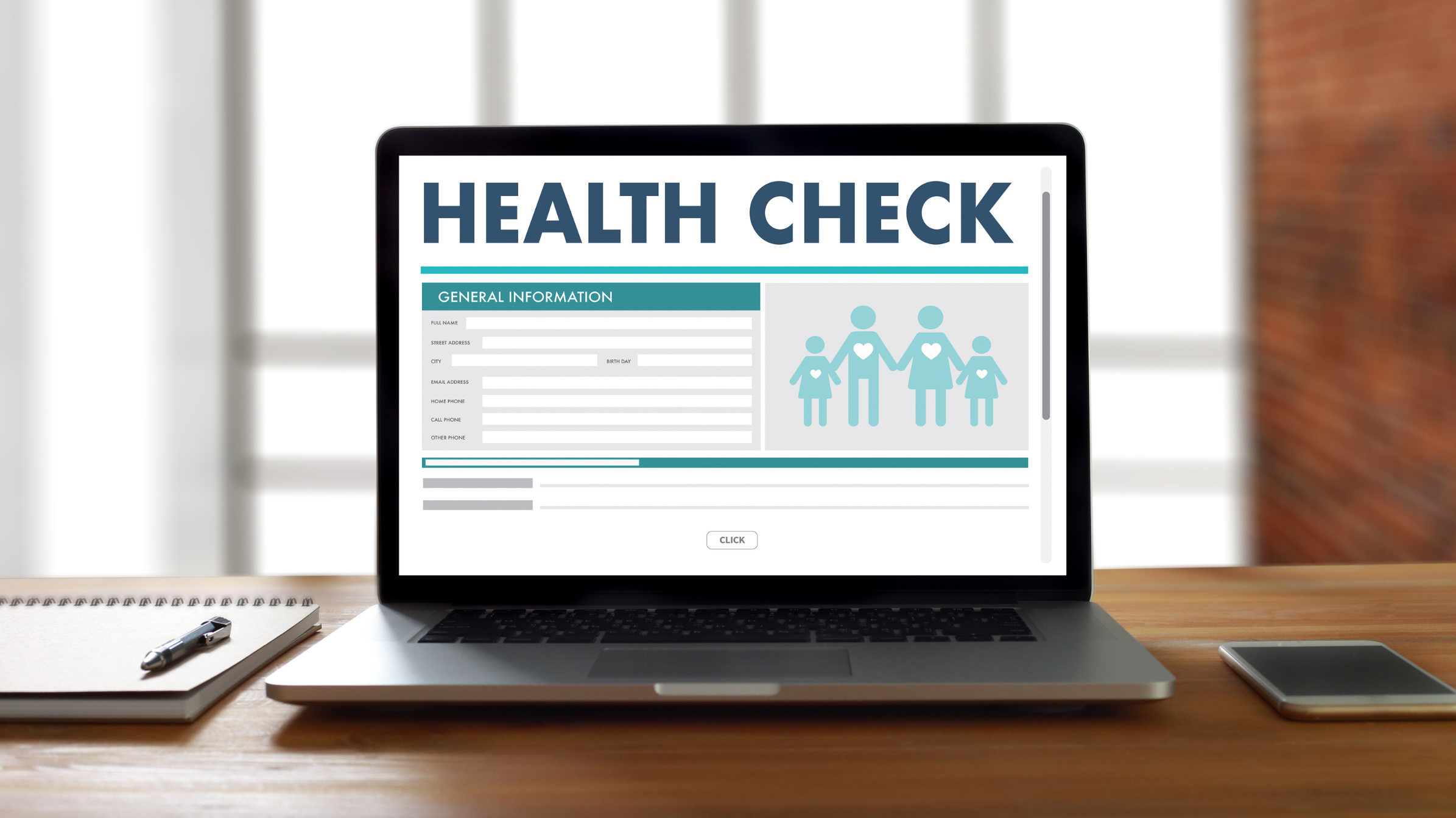Introduction
In today’s digital age, technology plays a crucial role in our daily lives. While it offers numerous benefits, excessive use can lead to negative impacts on mental health and overall well-being. Digital wellbeing is about managing technology use to maintain a healthy balance. This article explores the importance of digital wellbeing and provides strategies to cultivate a balanced digital life.
Understanding Digital Wellbeing
The Impact of Technology on Mental Health
Excessive screen time and constant connectivity can lead to stress, anxiety, and decreased productivity. Digital wellbeing focuses on reducing these negative effects by encouraging mindful technology use.
Benefits of Digital Wellbeing
Prioritizing digital wellbeing can improve mental health, enhance productivity, and foster better relationships. It helps individuals develop a healthier relationship with technology, leading to a more fulfilling life.
Strategies for Improving Digital Wellbeing
Set Boundaries
Establish specific times for using digital devices and take regular breaks to disconnect. Create tech-free zones, such as the bedroom, to ensure better sleep and relaxation.
Monitor Screen Time
Use apps and built-in device features to track and limit screen time. Be aware of how much time you spend on various activities and make adjustments to reduce unnecessary use.
Practice Mindful Use
Be intentional about your technology use. Engage in activities that bring value and avoid mindless scrolling. Focus on digital interactions that are meaningful and productive.
Prioritize Offline Activities
Engage in hobbies and activities that don’t involve screens. Spend time outdoors, read physical books, or connect with friends and family face-to-face.
Digital Detox
Regularly schedule periods of complete disconnection from digital devices. A digital detox can help reset your habits and provide a break from constant connectivity.
Digital Wellbeing Tools and Resources
Apps for Digital Wellbeing
Several apps can help manage screen time and promote digital wellbeing. Examples include:
- Moment: Tracks screen time and provides insights into usage patterns.
- Forest: Encourages focus by growing virtual trees when you stay off your phone.
Built-In Device Features
Most smartphones offer features to monitor and limit screen time, such as Apple’s Screen Time and Android’s Digital Wellbeing tools. Use these features to set limits and receive reminders to take breaks.
Conclusion
Digital wellbeing is essential for maintaining a healthy balance in our tech-driven world. By setting boundaries, practicing mindful use, and prioritizing offline activities, you can improve your mental health and overall well-being. Embrace these strategies to cultivate a balanced digital life and enjoy the benefits of a healthier relationship with technology.

